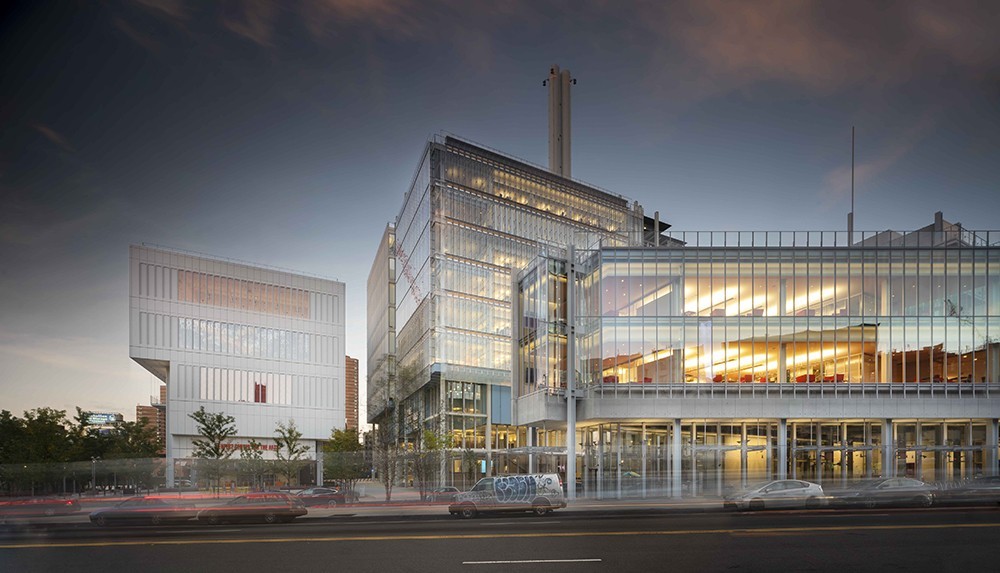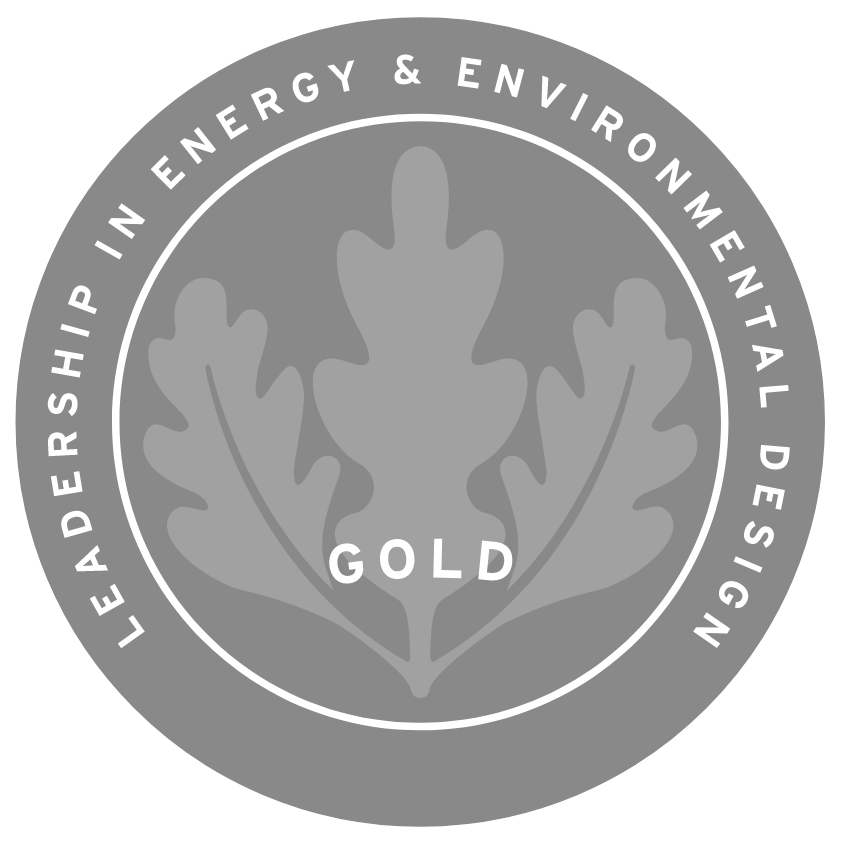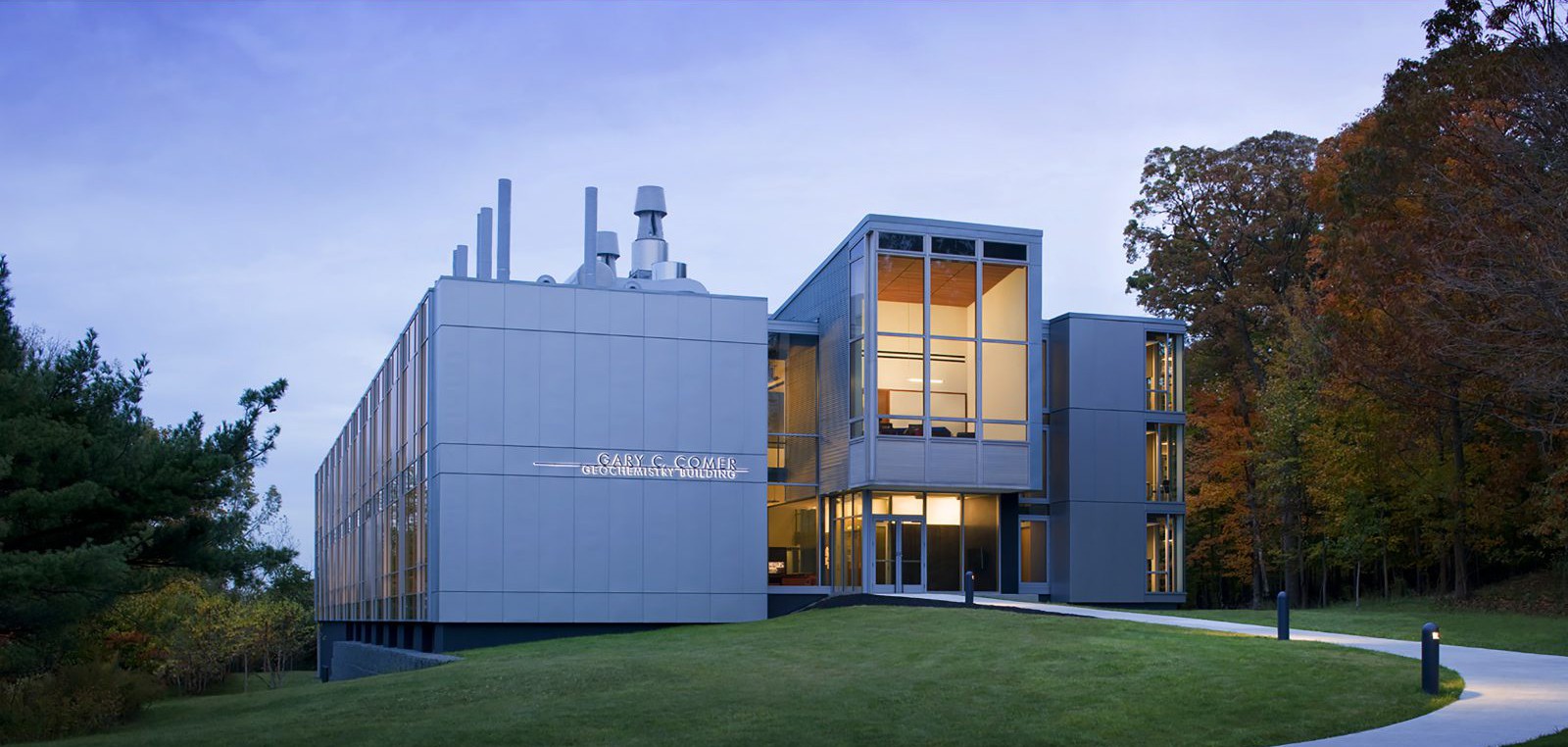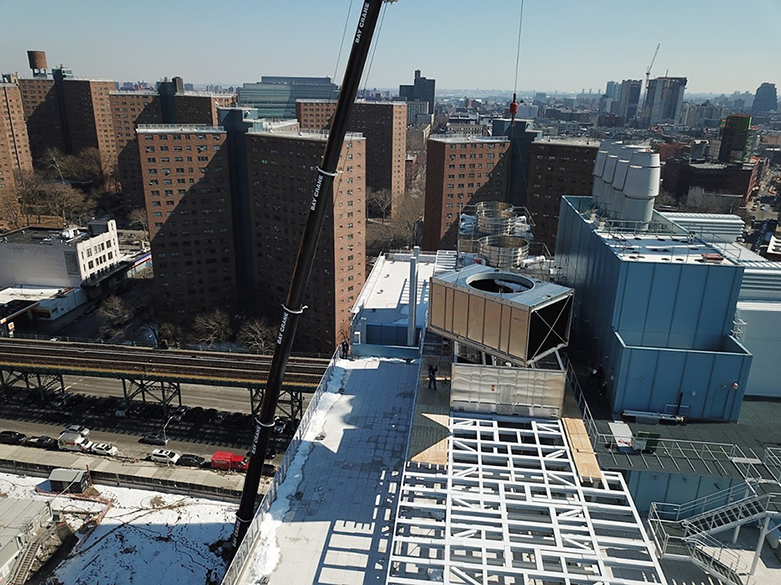Columbia University is committed to reaching net zero emissions by 2050. Through sustainable design and construction practices, as well as infrastructure and energy upgrades, Capital Project Management and Manhattanville Development Group are helping to make that goal possible.
Making Sustainability Part of Our Design and Construction Culture
As a leader in excellence, Columbia University has a responsibility to exceed the minimum requirements for sustainable construction in the pursuit of net zero emissions. The following areas demonstrate the ways that the University has or is working to incorporate sustainable practices into new construction, renovation, and refresh projects.
Sustainability in Action: Columbia's Manhattanville Campus

From the method of construction to the creative use of natural light and air flow, the construction at Columbia University's Manhanttanville Campus has been an award-winning approach to maximizing energy efficiency and limiting carbon emissions. The campus’ environmentally sustainable design and overall project plan achieved Stage 1 LEED Platinum certification under the U.S. Green Building Council’s Neighborhood Development pilot rating system—the highest designation in the rating system—the first for New York City and the first given to a campus plan anywhere in the United States.
From design to construction and operation, sustainability is at the forefront of everything at Columbia’s Manhattanville campus.
Sustainable Highlights
- The Jerome L. Greene Science Center design plan maximizes the use of natural light and thermal temperature through the use of solar sensors on the roof which control perimeter shades and lighting within workspaces to maximize natural light and conserve energy. In addition, the building's double-skin aluminum and glass façade creates a high-performance envelope that acts as an insulation blanket to help keep the building warm in the winter and cool in the summer.
- The Central Energy Plant reduces fuel consumption and exhaust stack emissions compared to a decentralized approach.
- High-reflective “cool roof” materials are used to protect against the urban heat island effect and reduce greenhouse gas emissions.
- The Small Square open space uses water efficient landscaping and the selection of native plants; light-colored paving materials to reduce the heat island effect; and reclaimed wood for the fabrication of furniture and benches
- Construction managers prioritize the use of electric equipment over diesel equipment as electric equipment has a reduced impact on air quality and noise levels. When electric equipment is not available, Columbia only allows on site the latest EPA-approved diesel engine equipment or recent models with approved exhaust filter retrofits that meet the most stringent EPA or California Air Resources Board (CARB) requirements to minimize emissions.
- The Central Energy Plant provides temporary power to run equipment rather than using a Con Ed feed or a diesel generator, providing a cleaner and quieter power delivery system.
- More than 90 percent of debris from more than 40 demolished buildings have been recycled at the development to date.
- Construction equipment is fitted with low-level self-adjusting backup alarms that modulate warning beeps based on the ambient background noise levels, designed with the latest available technology so that they can be heard on the construction site but not beyond it.
- To mitigate noise at the ground level, a code-compliant perimeter construction fence is established around the construction zone. Going beyond requirements and common practice, all plywood surfaces are internally lined with noise reduction blankets to achieve maximum effectiveness in reducing noise levels beyond the site
- The Manhattanville development has a zero visible dust policy, inside and outside the site. Contractors are required to take proactive measures to suppress dust that might arise in the course of their work. To control and minimize any dust inside and outside the confines of the project site, aggressive gravel and/or concrete gate ramps are used, along with the truck/tire wash systems to remove sediment buildup from tires and undercarriages when trucks leave the site
- Maximizing select products from local and regional manufacturers within 500 miles of the project site and using recycled building materials reduced waste and minimized the University’s carbon footprint when constructing the buildings.
- Products used in construction selected in part based on their low-VOC (volatile organic compound) content.
- The campus’s environmentally sustainable design and overall project plan achieved Stage 1 LEED Platinum certification under the U.S. Green Building Council’s Neighborhood Development pilot rating system—the highest designation in the rating system. It is the first such award in New York City and the first given to a campus plan anywhere in the United States.
- The first two new buildings completed at the Manhattanville campus – the Jerome L. Greene Science Center and Lenfest Center for the Arts – were awarded LEED® Gold certification from the U.S. Green Building Council (USGBC) under the New Construction rating system.
- Columbia has committed to achieve a designation of LEED Silver or greater for all of the new buildings constructed on campus.
LEED Certified Projects
Columbia's commitment to sustainable construction is evident in the many new buildings and renovations that have earned LEED certification from the U.S. Green Building Council. LEED (Leadership in Energy and Environmental Design) is the nationally accepted benchmark for design, construction and operation of high-performance, green buildings.




